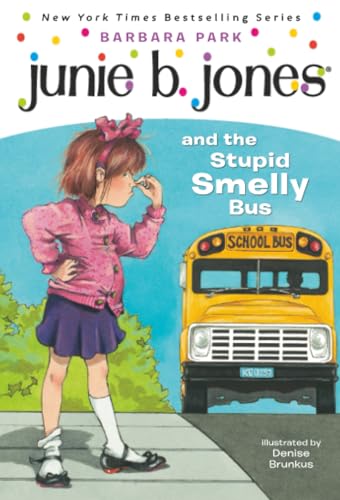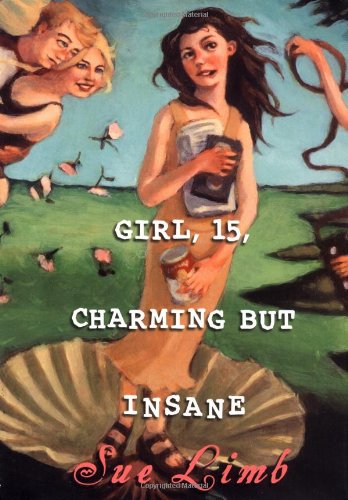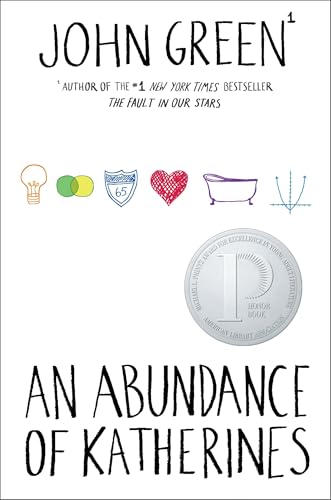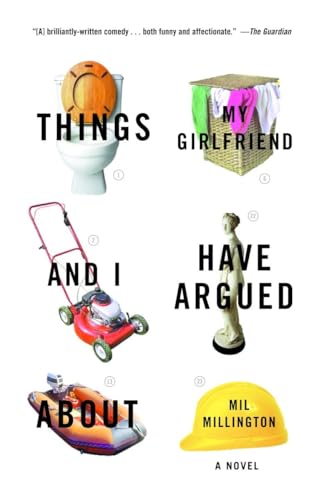 The Cicely Mary Barker books have been repackaged as “Flower Fairies Friends Chapter Books” in a series that includes the one my family read, Buttercup and the Fairy Gold. The pictures in this book are lovely, as they are the original Cicely Mary Barker illustrations of her Flower Fairies. I love the notion of not introducing modern aspects into the fairies’ lives. They don’t use old toothpaste caps for bowls or Campbell’s soup labels for cloaks. No, this is good old-fashioned flower fairy world.
The Cicely Mary Barker books have been repackaged as “Flower Fairies Friends Chapter Books” in a series that includes the one my family read, Buttercup and the Fairy Gold. The pictures in this book are lovely, as they are the original Cicely Mary Barker illustrations of her Flower Fairies. I love the notion of not introducing modern aspects into the fairies’ lives. They don’t use old toothpaste caps for bowls or Campbell’s soup labels for cloaks. No, this is good old-fashioned flower fairy world.But the problem is the language. The books are short chapter books — the intended audience from Amazon’s listing is from ages four to eight. But the words are hard for this age, including flaxen, foraged, and lurched. I read it to my eight-year-old, and kept stopping to make sure that she understood the words. Some of them she didn’t know and couldn’t guess from context, and she has a decent vocabulary.
Now, my eleven-year-old read it — intrigued by the beautiful pictures — but thought the story was too young and sappy. The plot is simple and slow-paced. Buttercup collects her buttercup pollen, leaves her basket, and finds that it’s gone. It appears that elves have taken it, thinking that the golden dust is fairy gold. They plan to use it to buy things at the fairy market, and Buttercup has to stop them because she needs the pollen for her fairy magic.
Anyway, with the higher-end vocabulary but the simple storyline, I’m not sure of the true audience for this series. The short chapter books may be a better way to get the stories into the hands of young kids, but the new format implies that they are books that can be read independently. I daresay the kids are going to be needing some help reading them, given that I had never heard of at least one of the flower names myself. I mean, Ragwort Fairy?
Frankly, I think this series is all about repackaging, down to the pointer to the Flower Fairy Friends website at the end of the books. That’s not all a bad thing, as they are enjoyable books, but perhaps more care could have been given to the read-aloud vs. the read-alone factor.
























No comments:
Post a Comment